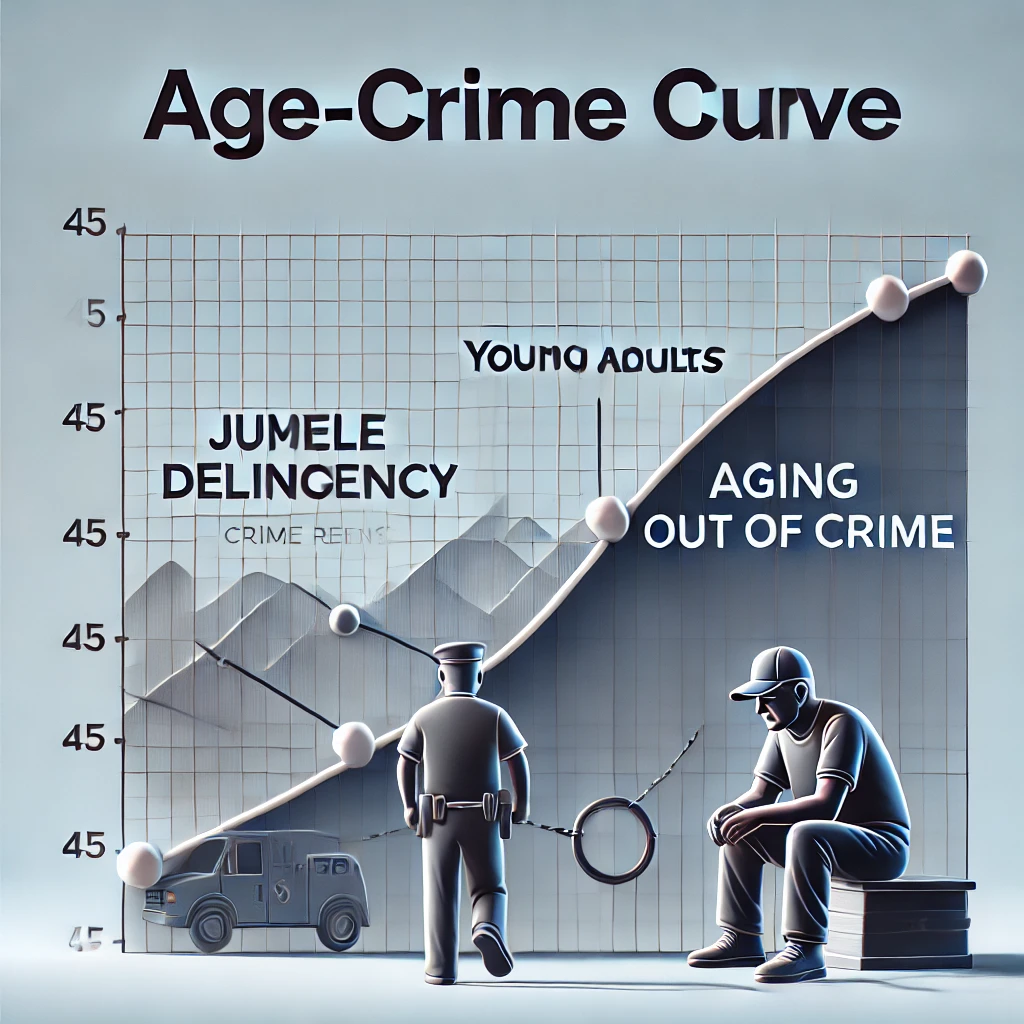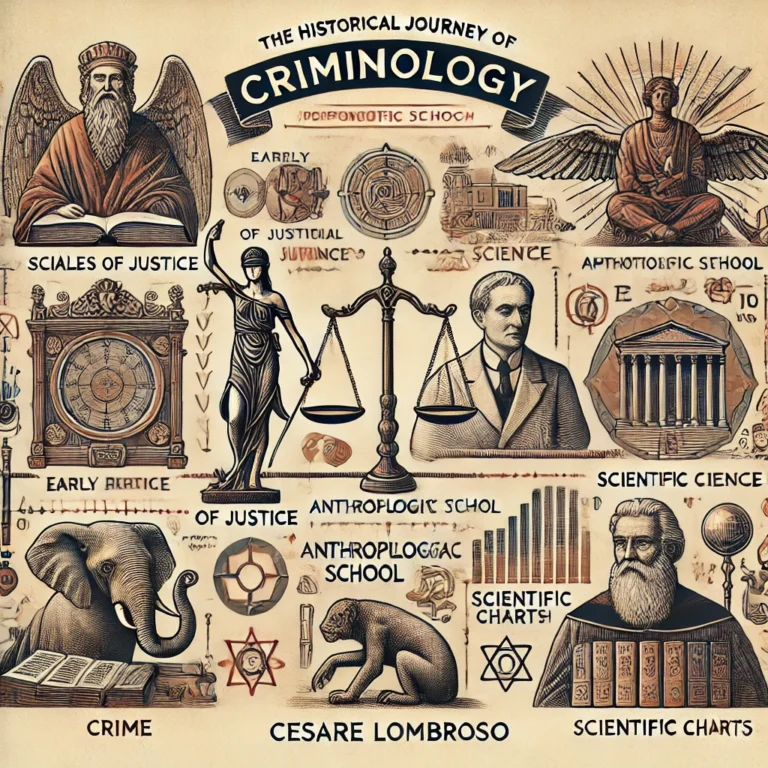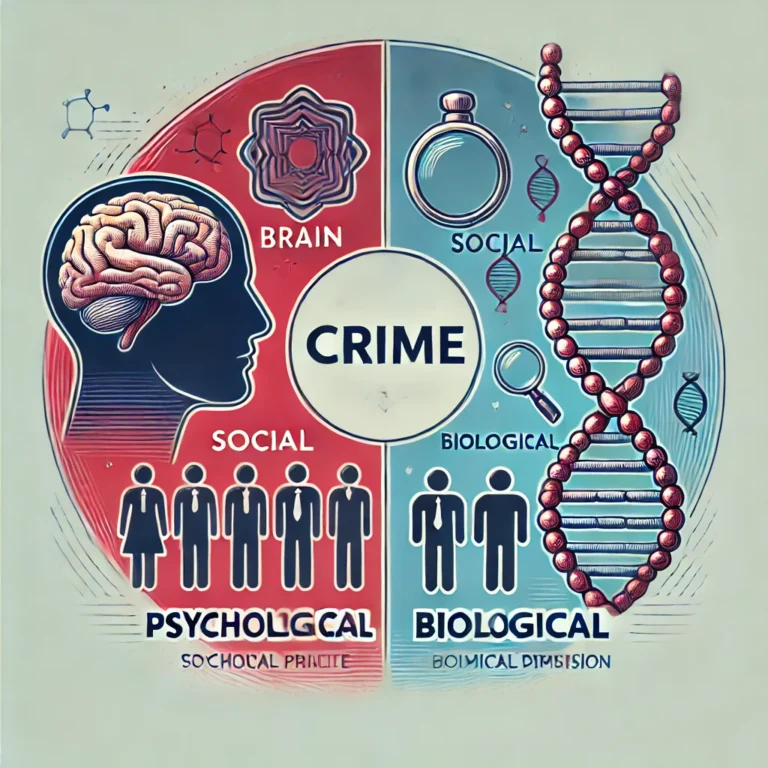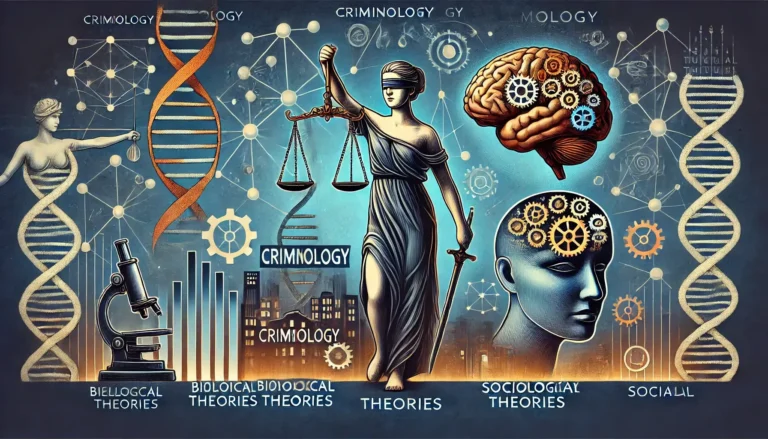The Role of Age in Criminal Behavior
The study of criminal behavior is a multidisciplinary endeavor, encompassing sociology, psychology, and criminology. Among the many factors that influence criminal activity, age emerges as a crucial determinant. Research consistently shows that criminal behavior varies significantly across different age groups, with distinct patterns, motivations, and societal impacts. Understanding the role of age in criminal behavior is essential for developing effective prevention and intervention strategies.
This article explores the intricate relationship between age and criminal behavior. It examines how criminal tendencies evolve across different life stages, analyzes the underlying psychological and sociological factors, and discusses the implications for crime prevention and rehabilitation.
Age and Crime: Patterns and Trends
Juvenile Delinquency: The Early Years
Juvenile delinquency represents a significant proportion of criminal activity. Adolescence is a period of experimentation and risk-taking, driven by biological, psychological, and social changes. Common juvenile crimes include theft, vandalism, and drug use. Peer pressure, family instability, and exposure to crime-prone environments often exacerbate these behaviors.
Studies indicate that the adolescent brain, particularly the prefrontal cortex responsible for decision-making and impulse control, is still developing. This neurological immaturity can lead to poor judgment and susceptibility to engaging in unlawful activities.
Young Adults: The Peak of Criminal Activity
Young adulthood, typically spanning ages 18 to 25, is often marked as the peak age for criminal activity. This demographic is associated with violent crimes, such as assault and robbery, as well as property crimes. The transition from adolescence to adulthood involves navigating economic and social responsibilities, which can contribute to criminal behavior among those facing unemployment, poverty, or lack of education.
The criminological concept of the “age-crime curve” illustrates this trend, showing a sharp increase in criminal activity during adolescence, peaking in young adulthood, and gradually declining thereafter.
Middle Age and Criminality
As individuals enter middle age, criminal behavior tends to decline significantly. This phenomenon, often referred to as “aging out of crime,” is attributed to increased stability in personal and professional life, enhanced impulse control, and reduced exposure to high-risk situations. However, certain crimes, such as white-collar offenses, may become more prevalent among this age group due to greater access to financial systems and organizational resources.
Older Adults and Crime
Criminal activity among older adults is relatively rare. When it does occur, it often involves non-violent offenses, such as fraud or embezzlement. Physical and cognitive decline, along with stronger societal integration, reduces the likelihood of criminal behavior in this demographic. Nonetheless, elder abuse, whether as perpetrators or victims, is an area of growing concern.
Sociological and Psychological Factors
Sociological Influences
- Family and Social Environment: The family unit plays a pivotal role in shaping behavior. Broken homes, neglect, or abusive relationships during childhood can predispose individuals to criminal activity.
- Educational and Economic Factors: Lack of access to quality education and stable employment increases the risk of crime, particularly in youth and young adults.
- Peer Influence: Adolescents and young adults are especially vulnerable to peer pressure, which can encourage delinquency.
Psychological and Developmental Aspects
- Brain Development: The delayed maturation of brain regions responsible for impulse control and decision-making impacts young individuals’ propensity for risk-taking and rule-breaking.
- Mental Health: Disorders such as depression, anxiety, and substance abuse are closely linked to criminal behavior across all age groups. Addressing mental health issues can significantly reduce crime rates.

Studies and Statistical Evidence
Empirical studies have provided valuable insights into the relationship between age and crime:
- The Uniform Crime Reporting (UCR) Program in the United States consistently shows that individuals aged 15 to 24 account for the highest proportion of arrests.
- Longitudinal Studies: Research tracking individuals over time demonstrates the declining likelihood of criminal activity with age, supporting the “desistance theory.”
- Global Trends: While the age-crime curve is observed worldwide, cultural and socioeconomic factors influence its shape and intensity.
Implications for Prevention and Intervention
Early Prevention Strategies
- Youth Programs: Initiatives focused on education, mentorship, and extracurricular activities can deter juveniles from engaging in criminal behavior.
- Family Support Services: Counseling and support for families can mitigate risk factors associated with juvenile delinquency.
Rehabilitation and Reentry Programs
- Young Offenders: Rehabilitation programs that address education, skill-building, and mental health can help reintegrate young offenders into society.
- Middle-aged and Older Offenders: Tailored programs focusing on financial ethics and addressing recidivism risks can be effective.
Community-Based Approaches
- Policing Strategies: Community policing that fosters trust and cooperation can reduce crime rates across age groups.
- Economic Support: Addressing unemployment and poverty can significantly impact crime reduction.
Conclusion
Age is a critical factor in understanding criminal behavior. From the impulsive actions of juveniles to the calculated decisions of white-collar criminals, age shapes the nature and frequency of crimes. Effective crime prevention and intervention require age-specific strategies that address the unique challenges and motivations of each life stage.
By focusing on early prevention, societal support, and rehabilitation, societies can reduce crime and foster safer communities. Continued research into the age-crime relationship will further refine these approaches, ensuring that they remain relevant in a rapidly changing world.






